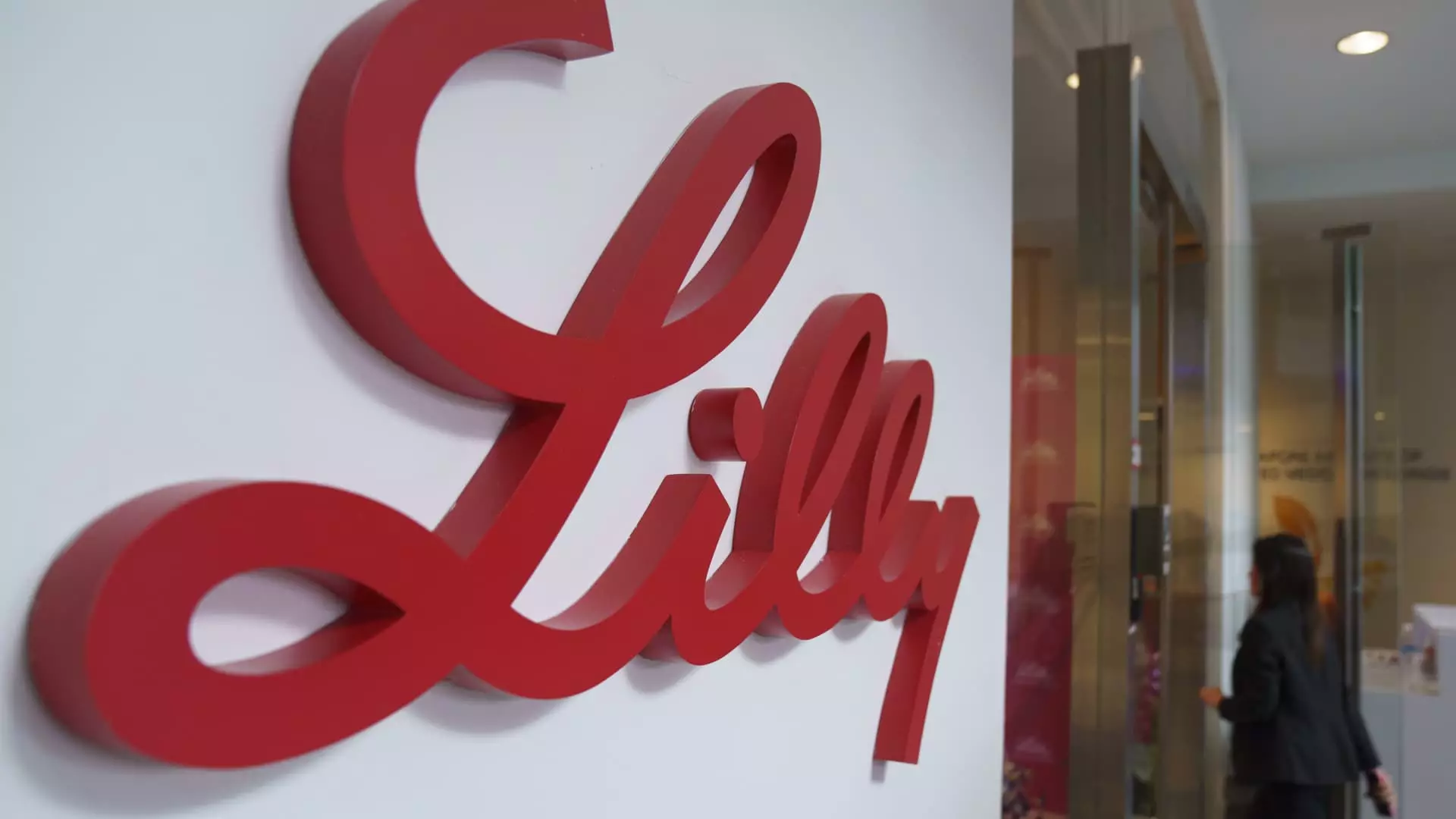In a recent development that has startled investors, Eli Lilly revised its revenue projections downwards due to a perceived decrease in the demand for its key diabetes and weight loss drugs. This announcement sent ripples through the stock market, causing the company’s shares to plummet by over 7% in midday trading, a clear indicator of investor unease in response to unforeseen market challenges.
Eli Lilly now anticipates total revenue of approximately $45 billion for the full year of 2024, a figure significantly lower than its previous estimates of up to $46 billion set in October. Nevertheless, this forecast still represents a robust 32% year-over-year growth. This growth aligns with the increasing acceptance and patient utilization of their products, particularly Mounjaro and Zepbound, highlighting the dual edges of soaring demand and unfulfilled expectations.
Manufacturing Capacity and Supply Dynamics
In a bid to meet increasing market demand, Eli Lilly has been overwhelming in its investment strategies, pouring billions into enhancing its production capabilities for its increasingly popular incretin drugs. These efforts seem fortuitous as the FDA recently confirmed the end of the shortage for tirzepatide, the active compound in both Mounjaro and Zepbound. Chief Executive Officer Dave Ricks expressed optimism about the company’s production capabilities, revealing plans for even greater manufacturing capacity that could lead to a 60% increase in sellable doses in the first half of 2024 compared to the same timeframe this year.
Fourth Quarter Performance and Market Competition
Looking ahead to the fourth quarter, Eli Lilly forecasts revenue of around $13.5 billion, which encompasses approximately $3.5 billion from Mounjaro and $1.9 billion from Zepbound. These estimates fall short of Wall Street’s anticipated figures of $13.94 billion and $45.49 billion for fourth-quarter and annual revenue, respectively. The revision in guidance reflects intense competition within the diabetes and obesity treatment market, notably from rival firms like Novo Nordisk, thus influencing Eli Lilly’s slice of the market share.
Eli Lilly is actively spearheading research into a new oral obesity medication that promises greater convenience for patients, which Ricks forecasts might attain approval as early as next year. The inquiry into why the incretin market had astonishing growth—45% compared to the previous year—yet did not align with Eli Lilly’s prior growth projections emphasizes the complexities of market dynamics. The CEO noted that unforeseen fluctuations in channel inventory levels at the year’s end played a role in this divergence, indicating that despite overall market growth, Eli Lilly’s expectations may have been overly optimistic.
As it stands, Eli Lilly is at a pivotal junction. The company’s strategic investments and innovative pipeline will be crucial in navigating the competitive landscape of the diabetes and weight loss market. While the revised guidance might be perceived negatively in the short term, the underlying growth and potential for future innovations signal that Eli Lilly is still well-positioned to capitalize on the expanding healthcare needs, provided it adapts to the challenges ahead effectively. Investors and stakeholders will be closely monitoring the company’s performance as it moves forward, as the success of these initiatives could define Eli Lilly’s trajectory in the coming years.


Leave a Reply